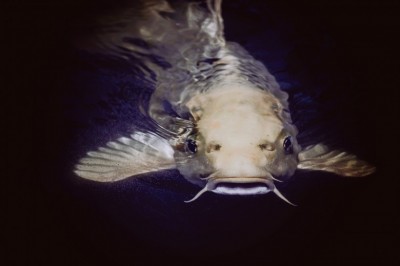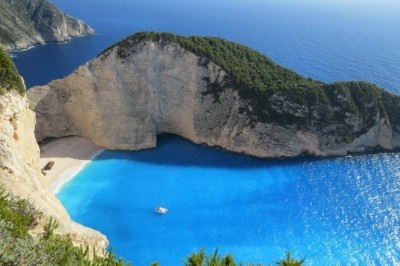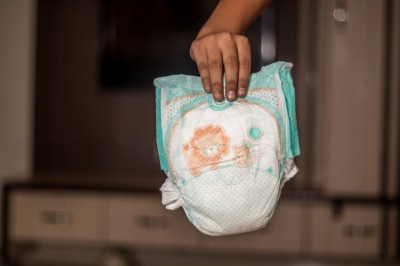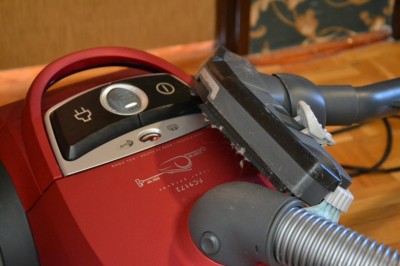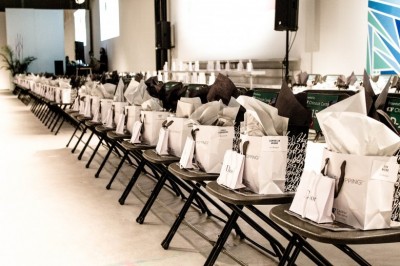Florida Lake Okeechobee Fishing Report
Lake Okeechobee is Floridas largest lake and is also the second largest body of freshwater in the continental united states. Okeechobee is a Seminole Indian name and is derived from the Seminole word "Oki" meaning water. Lake Okeechobee is a shallow lake that averages only 9ft. The lake is part of the Florida everglade region which is a vast region of fantastic freshwater fishing for multiple species of fish. The lake supports commercial and sport fishing and is worldly renowned as a excellent fishing lake.
Lake Okeechobee is nationally recognized for its large mouth bass and black crappie fishing. If your looking to catfishing this lake is also the place to go. Largemouth bass fisherman should try spoons and spinnerbaits in the grass flats, and plastic worms and flipping jigs in the heavier cover. Use Golden shiners for live bait for bass. The best areas will around the rim canals.
When Fishing for Black Crappie , or as the locals call them specs. Fish the deeper water near edges of the canal shoreline. Also fish the pilings under the Highway 78 bridge. Only fish the Kissimmee river when the river is flowing steady. Use Jigs ,or fish live shiners near vegetation stands. The best time to fish is early in the morning or late in the day. Standard jigging techniques work well , but to locate schools suspend minnows at various depths to locate the schools. You will have to move often to locate the crappie schools. Once you find the schools fish until they no longer bite then move on and fins another school.
The best areas for bream is the rim of the canals around lake Okeechobee that lead to the Kissimmee river. Use Beetle spins and crickets for bait.
We will list 12 Areas on or around the lake that have been known to hold largemouth. Bass, black crappie, or specs, and othe panfish and catfish. You can also visit the Florida Fish and wildlife conservation commission http://myfwc.com/fishing/forecast/ webpage and click on Interactive maps to get more detail information.
Area #1 South Henry Creek Flats Florida Lake Okeechobee Fishing Report The flats stretching from the boat lock at Henry Creek south to Chancey Bay has plenty of vegetation and bass. Bulrush, grass and hydrilla grow on a shoal surrounded by sand, about 3/4 mile southwest of the levee. The shoal tapers to a small reef, where bass like to spawn. Fish the outside edges of vegetation with live shiners, topwater plugs and plastic worms. Toss weedless spoons behind the weedline. During summer, cast vibrating plugs and shallow-running crankbaits over the reef for schooling bass. .
Area #2 Nubbin Slough Bass are caught year-round at Nubblin Slough. At the mouth of the slough look for the small islands and rock piles that are surrounded by maidencane. Toss a spinnerbait, Jerkin Sam or Rat-L-Trap around these structures during fall. In spring, position the boat on the inside of the vegetation along the boat run that has a sand/shell bottom. Cast a plastic worm, Lunker Lure or spinnerbait. During summer, fish plastic worms in the bulrushes and pencil reeds..
Area #3 Behind Eagle Bay Island Lake Okeechobee Fishing Report This area behind Eagle Bay Island near the Government Cut provides great action for all species of panfish. Tannic stained water makes it difficult to see bluegill beds, so drift until fish are located..
Area #4 Eagle Bay Eagle Bay is a prime largemouth area from January through April when the lake is at its fullest. Its good year-round because the water is about two feet deeper than the surrounding area. Summer bass hold here because of the depth and vast hydrilla growth. Try plastic worms and lizards in spring, and switch to topwater plugs, buzzbaits and spoons in summer. Bass move to the outside edge in fall, and topwater lures, vibrating plugs and spinnerbaits are effective.
Area #5 Cast plastic worms and spinnerbaits for spring largemouth holding on the peppergrass in this shallow area. Throw topwater plugs early and late in the day during summer..
Area #6 North Of North Lake Shoal (Kings Bar) The rocky area north of North Lake Shoal (Kings Bar) provides excellent bluegill fishing in the bulrushes and cattails. The panfish bed on scattered rocky patches within the vegetation and are easily caught on worms and crickets. Move east about one mile and drift the open water for winter crappie.
Area #7 North Lake Shoal (Kings Bar) North Lake Shoal (Kings Bar) is a large weedy island with a variety of vegetation, including lily pads, hydrilla, eel grass, maidencane and bulrush. Bass are caught year-round on spinnerbaits and plastic worms. This is a great area for flippin. Trophy bass often lurk in the maidencane growing inside scattered bulrushes.
Area #8 Tin House Cove For Lake Okeechobee Okeechobee Lake Fishing Report Plastic worms and lizards take spawning spring bass in Tin House Cove. In summer, the largemouth move out to deeper water. The peppergrass holds bass year-round, and schooling largemouth also chase threadfin shad on the outside weed edge. Cast vibrating plugs, spinnerbaits and topwater lures for these active fish.
Area #9 From Indian Prairie Canal North To The South End Of Tin House Co. For Lake Okeechobee The wide area on the backside of the emergent vegetation, from Indian Prairie Canal north to the south end of Tin House Cove, yields numerous bass. During spawning season, if water is high, a secondary area behind the cattails in the grassy flats offers good fishing all the way to the levee.
Area #10 Indian Prairie Canal South To Horse Island Okeechobee Lake Fishing Report Fishing Report A mixture of peppergrass and reeds extends from Indian Prairie Canal south to Horse Island. Live shiners fished on the points of dense vegetation are recommended for bass. Toss surface plugs and weedless spoons in the sparser cover. The bottom is about three feet deep, and consists of sand and scattered flat-top rock. Behind this area, throw spoons and top water lures for spring bass in the mixture of maidencane and bulrushes. A boat trail behind it can be worked in windy conditions. Horse Island and Worm Cove are also good places to fish plastic worms.
Area #11 From Dyess Ditch To The Southern Point Of Horse Island For Lake Okeechobee This sandy area from Dyess Ditch to the southern point of Horse Island is one of the top spring bass spots on the lake. This area, known as North Shore, has a peppergrass flat more than 1/2 mile wide. Trophy bass hold along the outside edge of grass on the west side of the bay. Live bait, plastic worms, surface lures, vibrating plugs and spoons produce year-round. Sparse hydrilla patches mixed with maidencane, reeds and pads are used by spawning bass between December and March. This protected area is particularly good when the lake is rough. In summer, bass stay near open water and will move into the shallows as the water cools.
Area #12 Dyess Ditch to the Harney Pond Canal For Lake OkeechobeeThe sandy bottom from Dyess Ditch to the Harney Pond Canal between the two beacon lights holds largemouth year-round. The stained water from Fisheating Creek is filtered by dense vegetation, resulting in relatively clear water. Spring bass will spawn where there are holes in the hydrilla. Spinnerbaits, topwater plugs and weedless spoons take bass around the hydrilla and peppergrass beds.
Well I hope the 12 areas identified in this Florida lake Okeechobee Fishing Report will help on you plan your next freshwater fishing trip to Florida. Lets Go Fishin!
Mark Fleagle Owner A well respected fishing enthusiast with 30+ years of fishing experience,who has published many fishing articles. Mark has been a online presence for fishing resources for going on 4 years. Visit my blog and get the latest Lake Okeechobee Fishing Reports at my site: Lake Okeechobee Fishing Reports Get your free copy of "78 Fishing Discoveries Unleashed".













